Japanese Home Visit Teacher
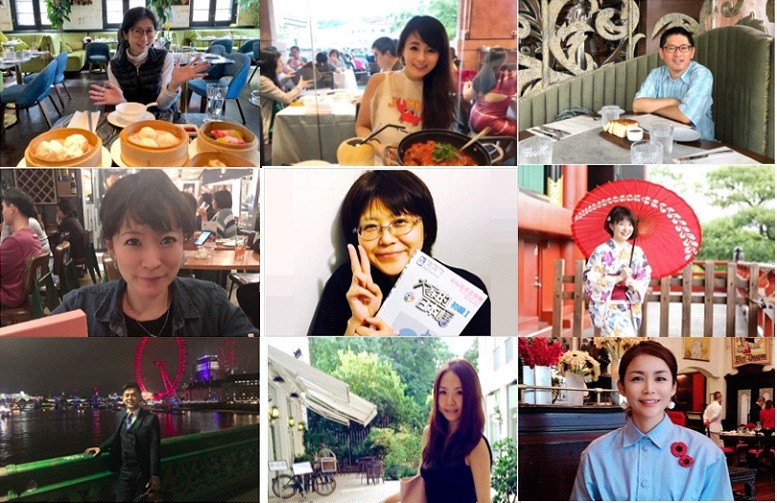 Native Japanese Tutors with Japanese teaching certificate live in Hong Kong, we speak fluent English, Mandarin, Cantonese, Korea, French, we are here for providing private home Japanese tutoring for both kids and adults. What will you expect to learn in our private Japanese lessons? You could learn Japanese with your family members, learning with your kids, contact us and tell us your learning aims, we will make a study plan for you and provide customized home tutoring for you.
Native Japanese Tutors with Japanese teaching certificate live in Hong Kong, we speak fluent English, Mandarin, Cantonese, Korea, French, we are here for providing private home Japanese tutoring for both kids and adults. What will you expect to learn in our private Japanese lessons? You could learn Japanese with your family members, learning with your kids, contact us and tell us your learning aims, we will make a study plan for you and provide customized home tutoring for you.
We are a group of native Japanese tutors. We have passion of teaching with teaching certificates and some of us have teaching experiences at Japanese language schools, we hope to bring that joy of learning to all students. Our personal Japanese tutoring is completely personalized and designed to meet the student’s specific needs. Whenever possible, we use the student’s own curriculum to maximize the efficiency of the student’s learning. Beyond the immediate objective of helping the student with the material that’s unclear, we use those challenges to identify and fill in the foundational understanding that is missing and impeding the student’s understanding and confidence. We love teaching Japanese and are very patient and flexible. We hope students find learning Japanese is fun and interesting. If you are still learning Hiragana Katakana for the beginning level of Japanese, please do not forget to check our FREE LESSON page.
Japanese Home Visit Teacher
NONO
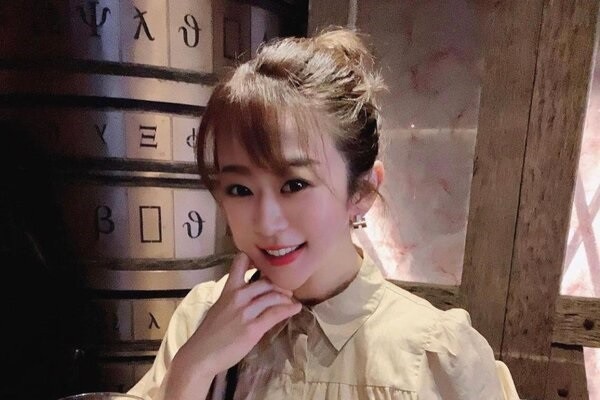
Japanese Instructor NONO
Languages Fluent English,Standard Japanese
Born TOKYO – JAPAN
Private Japanese Courses Oral Japnaese for Kids and Adults
KAORI
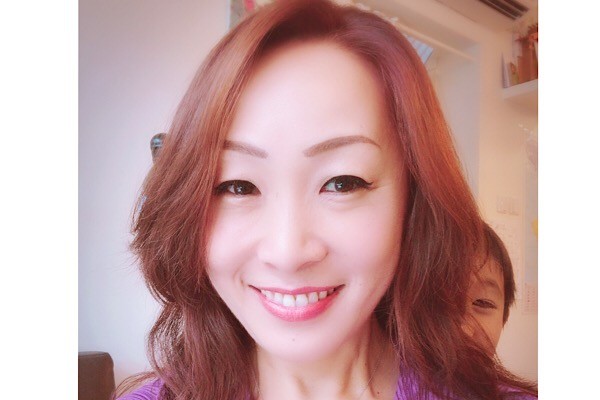
Japanese Instructor KAORI
Languages Fluent English,Standard Japanese
Born KAGOSHIMA – JAPAN
Private Japanese Courses Business Japanese, General Japanese, Oral Japnaese for Kids and Adults
NORIKO G
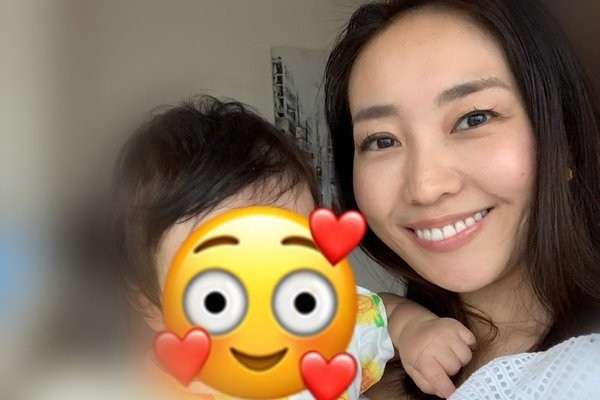
Japanese Instructor NORIKO G
Languages Fluent English,Standard Japanese
Born OSAKA – JAPAN
TAEKO
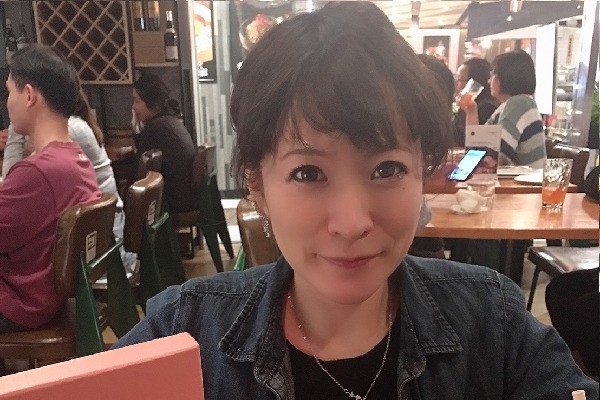
Japanese Instructor TAEKO
Languages Fluent Mandarin,Fluent English,Basic Cantonese
Born TOKYO – JAPAN
Private Japanese Courses Business Japanese, General Japanese, JLPT
MIZUKI

Japanese Instructor MIZUKI
Languages Fluent English
Born TOKYO – JAPAN
Private Japanese Courses Oral Japanese for Adults
SAKURA
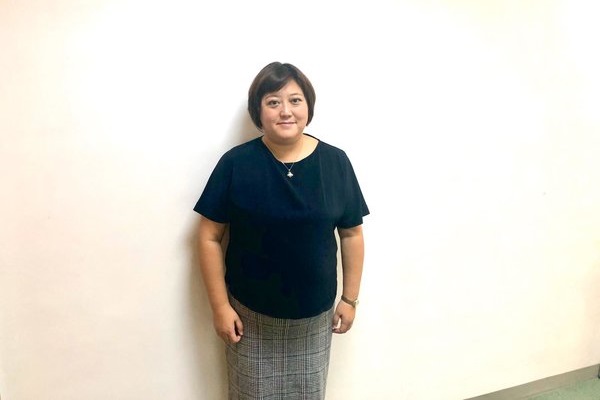
Japanese Instructor SAKURA
Languages Fluent English
Born KANAGAWA – JAPAN
Private Japanese Courses Japanese for Kids
Ready to get started? We have 30 native Japanese instructors living in Hong Kong, click here to check more instructors’ profile Japanese Home Visit Teacher<<<Click
Let’s get your Japanese going!
Private Japanese Lessons and Personalized Programs
What is your purpose of learning Japanese? For your enjoyment, your work or you would like to travel to Japan and converse with the locals? Whatever your purposes are, we will listen to your needs and try to customize your personalized Japanese lessons for you.
Japanese Teaching Approach
We will not teach Japanese following the same Japanese textbooks for all the students, we will not teach Japanese following the same teaching style, we will first listen to your learning Japanese aims, your weakness, understand your past Japanese learning history, then we discuss with you what kind of Japanese lessons you are expecting and what you would like to improve most, we customize our teaching style to suit each student’s goals. Please feel free to tell us your interests and needs so that we could think of the best way for you to improve your Japanese!
Ask Japanese Teacher Japanese Learning Questions
先生へ「~まま~」と「~っぱなし~」の違いについて教えていただけないでしょうか?
先生’s Answer:
「~まま」「~ぱなし」は、「同じ状態や出来事が持続している」という意味ですが、以下のように使い分ける必要があります。
1)「動作+まま」「動作+ぱなし」どちらも利用できる例
→動作後に状態が残る場合。
例文:
(〇)今日はアルバイトでずっと立ったままだった。
(〇)今日はアルバイトでずっと立ちっぱなしだった。
(〇)電気をつけたまま寝てしまった。
(〇)電気をつけっぱなしで寝てしまった。
*立った状態、電気がついている状態が持続しています。
*「~ぱなし」の例文のほうが、マイナスな気持ちが表れています。
2)「動作+ぱなし」のみ利用できる例
→動作後に状態や結果が残らない場合
例文:
(×)彼女はずっと話したままだ。
(〇)彼女はずっと話しっぱなしだ。
(×)彼は一日中歌ったままだ。
(〇)彼は一日中歌いっぱなしだ。
*話す、歌うという行為は状態や結果が残りません。
3)「名詞・形容詞+まま」
名詞・形容詞が前にくる場合には、「~ぱなし」は利用できません。
例文:
彼は昔と全然変わっていない。10年前のままだ。
これからも元気なままの彼女でいて欲しいものだ。
先生へ 「~してくれる」と「~してもらう」の違いについて説明してくれませんか?
先生’s Answer:
「~てもらう」「~てくれる」ともに恩恵表現で、どちらを使っても敬意や感謝の意を表していますが、動作主(主語)とニュアンスの違いに注意する必要があります。
「~てもらう」
主語は恩恵を《受ける人》になります。話し手から〈与える人〉に働きかけて行動させて恩恵を受ける場合に使います。
《受ける人》が/は〈与える人〉に ~てもらう
〈与える人〉⇒ 一人称NG
例文(カッコ内は通常省略)
•(私は)父に(お願いして)迎えに来てもらいました。
•(私は)彼氏に(お願いして)プレゼントを買ってもらいました。
• 李さんはサイモンさんに(お願いして)英語を教えてもらっています。
「~てくれる」
主語は恩恵を〈与える人〉になります。恩恵を《受ける人》は自分もしくは自分のウチ関係者(家族、親類、関係の深い人、同僚等)になります。通常、話し手の意思とは関係なく、誰かが何かをしてくれた場合に使います。
〈与える人〉が/は《受ける人》助詞 ~てくれる
↑ ↑
一人称NG 一人称/ウチ関係者
例文(カッコ内は通常省略)
• 母が私に朝ご飯を作ってくれました。
• 李さんが弟にお菓子を買ってくれました。
• 山田さんが(私のために)重い荷物を持ってくれました。
Ask Japanese Teacher Japanese Culture Questions
日本文化といえば、日本独特の衣食住文化を真っ先に思い浮かべるかもしれませんが、日本語自体も日本文化を映し出す重要な要素ではないかと思います。私自身、外国語をマスターする中で、目の前に広がる状況や出来事を表現する仕方が言語によって異なることを痛感しています。
例えば、「注文の多い料理店」の日本語原文と英語訳
(日本語) 風がどうと吹いてきて、草はざわざわ、木の葉はかさかさ、木はごとんごとんとなりました。
(英訳) Suddenly a gust of wind came through. The grass stirred, leaves rattled, and the trees groaned.
日本語は擬態語を使って情景をイメージしているのに対し、英訳では動詞を利用して客観的に表現しています。広東語ではどうなるのでしょうか。
どちらが良い表現だということでなく、異なる言い回しや表現方法を学ぶのは他文化理解の第一歩だと言える気がします。皆さんにとっても、日本語を学ぶ事が日本文化への理解を深める機会となれば大変嬉しいです。

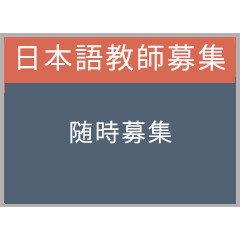
Stay in Touch
RSS
Facebook
Twitter
Google +1